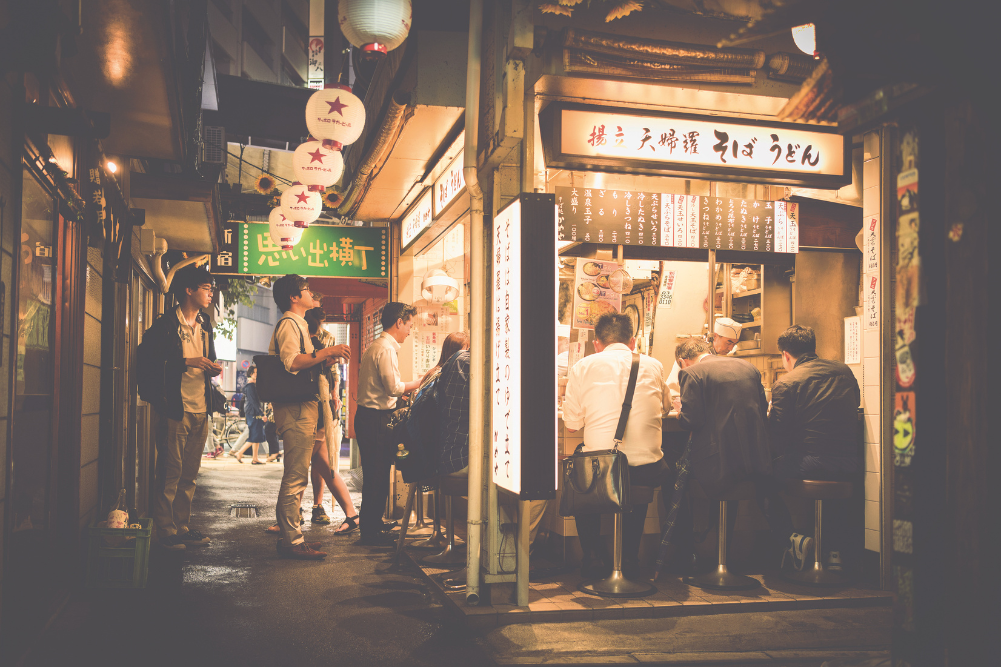Panic attacks are common — and here’s how to cope
Panic attacks are not just in your head. One in three people suffer from panic attacks — did you know that? So, if you are in a group of three with your two other friends, odds are that at least one of you has had a panic attack at some stage in your life. As I see it, that is not a subject to be ashamed of or hide. It’s a subject to talk about openly and often. It’s a subject to do with our over-the-top fast lifestyles and I find it hard to understand why the facts about such important issue are not being blasted in the mainstream media.
So, if you have had a panic attack, remember that you are not strange or quirky. You are one of the many people who may suffer in silence because it makes you feel bad about yourself — and it shouldn’t.
Those of us who haven’t experienced a panic attack can only imagine what it is like. My clients tell me it feels sometimes like they are drowning. It can start with hands and feet tingling, then the chest goes tight and you feel like you can’t breathe. Of course, as the lungs get less air, you start to feel dizzy. Sometimes people begin to shake and, in some cases, they can faint. The strange thing is that it can happen at times you are not even feeling anxious, yet it is called an anxiety attack.
If you are in a group of three with your two other friends, odds are that at least one of you has had a panic attack at some stage in your life.
It happened to Julie the first time when she was watching an old film on TV. It was one of those old black-and-white films, so nothing scary or too over the top. She was in bed and, all of a sudden, she could feel her heart beating really hard in her chest. Alan, her partner, was Home doing his thing on the iPad in the next room and she went from the thump, thump, thump of her heart to a shortness of breath. “Alan”, she called out. “Yeh.” By then Julie thought she was going to throw up, felt dizzy, needed to pee and thought she was having a heart attack. “Alan!” It must have sounded bad as he came rushing in. Julie was flushed in the face and struggling to the bathroom. He helped her in and helped her flush her face with cold water. All of a sudden it was gone. “What the hell was that?”
That was Julie’s first panic attack. She will always remember it. Next day the doctor gave it a name and the attack was the first of many. Why? Who knows. Julie was not stressed (so she thought), they were doing OK, her job was OK and life was good. The doctor insisted she was stressed and prescribed an antidepressant, despite her objections. Julie took it at first but it made her feel bad and fogged her head. To sum up, she couldn’t work out in the end which was worse: the panic attacks or the medication. This was Julie’s first taste of anxiety.
Julie had a hard time convincing people that the physical symptoms she experienced were exhausting and real. After each attack, she felt tired and drained and needed to rest. She got tired of people telling her to just breathe and relax and frustrated trying to explain that it’s hard to breathe when you are struggling for breath like you are drowning. She got tired of telling people that she wasn’t really depressed and that nothing really was “wrong” at the time an attack was triggered. It might be anything from too many people at the bus stop or shopping centre, to cars moving too fast on the road to, as she later discovered after testing what foods she was sensitive to, eating chilli or drinking coffee. Julie never knew her food triggers until she stopped those foods and after a few months had a cuppa. She had to admit she didn’t really believe the food test at first but there was an element of truth to it — for her. It’s not always about the food though for everyone.
Julie had a hard time convincing people that the physical symptoms she experienced were exhausting and real.
Of course, we all know that nervous feeling of butterflies in the stomach when something important is happening, but when it gets to the point that your physical, emotional and thoughts stop you from functioning, you need to do something about it. That needs to happen with someone who understands where you are at and doesn’t wave you on, or disbelieve you, or say, “Take this and it will go away.” There are, unfortunately, no magic formulas.
Panic attacks can, however, be handled with proper self-care, an awareness of some of the causes and triggers, a toolbox of techniques of what to do when an attack is underway and an understanding of how to dissolve some of the triggers and let go. That’s where it’s important to get some new input from someone trained with all those things. There are many natural therapists who can help you manage your panic attacks better and build you up to the point where they fade into the background because your confidence and new ways of nurturing and handling your life outweigh all the past negativity — conscious or unconscious. Wouldn’t it be good to find someone like that right now?








